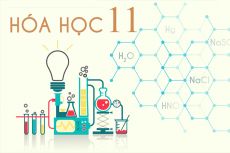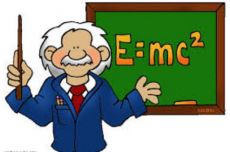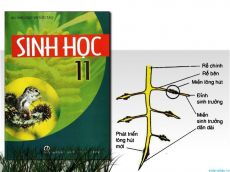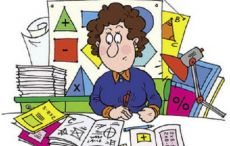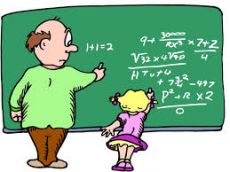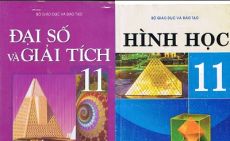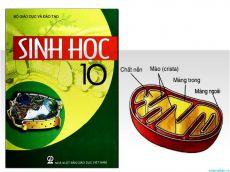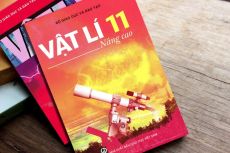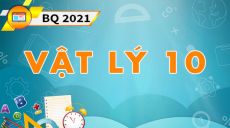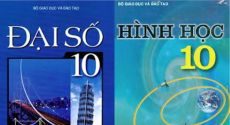Read the following passage and choose the best answer (A, B, C, D):
In the early decades of the United States, the agrarian movement promoted the farmer as society’s hero. In the minds of agrarian thinkers and writers, the farmer was a person on whose well-being the health of the new country depended. The period between the Revolution, which ended in 1783, and the Civil War, which ended in 1865, was the age of the farmer in the United States. Agrarian philosophers, represented most eloquently by Thomas Jefferson, celebrated farmers extravagantly for their supposed centrality in a good society, their political virtue, and their Superior morality. And virtually all policy makers, whether they subscribed to the tenets of the philosophy held by Jefferson or not, recognized agriculture as the key component of the American economy. Consequently, government at all levels worked to encourage farmers as a social group and agriculture as economic enterprise. Both the national and state governments developed transportation infrastructure, building canals, roads, bridges, and railroads, deepening harbors, and removing obstructions from navigable streams. The national government imported plant and animal varieties and launched exploring expeditions into prospective farmlands in the West. In addition, government trade policies facilitated the exporting of agricultural products. For their part, farmers seemed to meet the social expectations agrarian philosophers had for them, as their broader horizons and greater self-respect, both products of the Revolution, were reflected to some degree in their behavior. Farmers seemed to become more scientific, joining agricultural societies and reading the farm newspapers that sprang up throughout the country. They began using improved implements, tried new crops and pure animal breeds, and became more receptive to modern theories of soil improvement. They also responded to inducements by national and state governments. Farmers streamed to the West, filling frontier lands with stunning rapidity. But farmers responded less to the expectations of agrarians and government inducements than to growing market opportunities. European demand for food from the United States seemed insatiable. War, industrialization, and urbanization all kept demand high in Europe. United States cities and industries grew as well; even industries not directly related to farming thrived because of the market, money, and labor that agriculture provided.
6. All of the following are mentioned as examples of farmers’ meeting the expectations of agrarian philosophers EXCEPT ____



